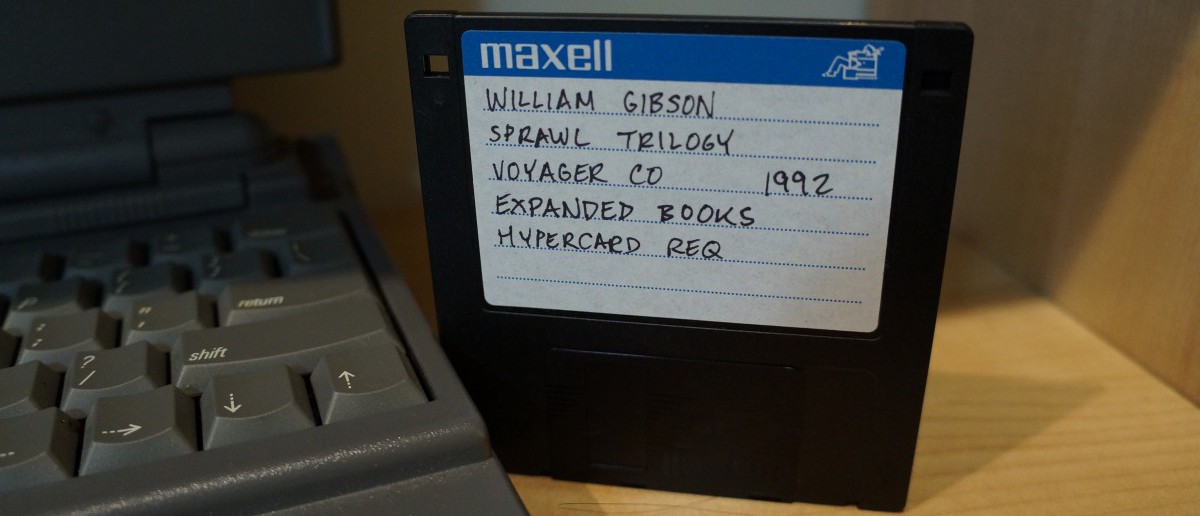During the first ten minutes of class, write and post a summary memo of Chapter 5 from Miller’s Digital Storytelling as a comment to this blog entry. Consider how you can connect some of the topics discussed about storytelling tools and your observation/experience of them in contemporary media. Can you name some examples?
4 thoughts on “Beginning of Class Writing: Miller’s Digital Storytelling, Chapter 5, Old Tools/New Tools”
Leave a Reply
You must be logged in to post a comment.




For chapter 5 Miller goes back to basics almost, going back to the basic way we remember being told stories. Contemporary stories insert tension into a story applying the three act theory. The first inciting incident, the turning point and the ending climax. These three elements are things I think every story has no matter what platform is gets told on. This makes me think of not only the novels ive read but games and other interactive platforms i frequent now. I think of video games most of all because you’re essentially being told a story while actively engaging with it. Games often have levels that can be broken down into the beginning middle and end. Each level adds more drama and intensity to the games end. This dramatic structure helps shape the goals for the games and stories they portray. Though linear these games often give a reader choices to get to the end result. All of these things use an array of both old and new tools to shape the modern story telling industry.
To: Professor Jason Ellis
From: Mariah Rajah
Date: 02/24/2016
Re: Chapter 5 Summary
Chapter 5 was much of an overall review in many ways but went further into depth about concepts such as learning from games, myths, and interactivity. The chapter’s main focus in my my perspective was connecting all the story elements into creating what we see before us as digital storytelling. The chapter’s name, “Old Tools/New Tools” depicts the movements of these various elements across various mediums. This new digital formatting of storytelling has allowed for myths to be transformed into fantasy games where players can not only take part in the fictional work but actively take part in it in real life with concepts such as LARPING. As storytelling has moved across these mediums picking up elements it seems as though the biggest and most important concept or element that has stayed through across all of them is the possibility of user interaction. With interaction the audience becomes a part of the story by becoming a character, assigning value, or navigating their way through various scenarios. Interaction itself has taken all of these old tools and molded them into usable new tools that match the new medium in which we present storytelling today.
To: Professor Ellis
From: Pamela Drake
Subject: Digital Storytelling – Summary of Chapter 5
Date: February 24, 2016
In Chapter 5 of Digital Storytelling by Carolyn Handler Miller, Old Tools/New Tools, Miller discusses how the tools range from old to new and how they are used to tell stories. Miller explains that although the new technology has mostly taken over the old technology, it is still useful and can be used in several different ways. An important point mentioned is the role that games play in digital storytelling. Games are very goal orientated due to the aspect of winning that helps us when constructing stories to have a goal in mind. The goals are to be specific, simplistic while making the stories desirable correlates to the planning of games. The rewards and penalties, structuring, use of space and time, new ways of connecting story elements, and gameplay, are important aspects of games building and provide guidance when constructing a story. Similar to games, the who will read the story, how the story should be viewed, what should go in the story and how interactive the story should be are all learned and patterned from games.
To: Professor Ellis
From: Jodieann J. Stephenson
Re: Chapter 5– Old Tools/ New Tools
Date: February, 24th, 2016
Chapter 5 was a in-depth look at learning from games, the goal of a game, what a game can teach its users, debunking myths, and essentially new ways of connecting these elements together. The chapter also focused on the interactive capabilities within new forms of storytelling. One of the biggest challenges we will face as composers, users, and lurkers within the digital space and in digital storytelling is “the discomfort of working with unfamiliar concepts.” (88) It is important as users and composers to understand and welcome the new types of technologies which are impacting the traditional ways of telling a story. If we think back to the age of oral storytelling to now written and technological ways of documenting stories has changed severely. Many individuals must make the shift to welcoming new types of storytelling. These new technologies allow for a new way to connect the story elements which includes hypertexts and hyperlinks for example. Also, it is very important to keep in mind the technologies like mobile devices and tvs and the internet.